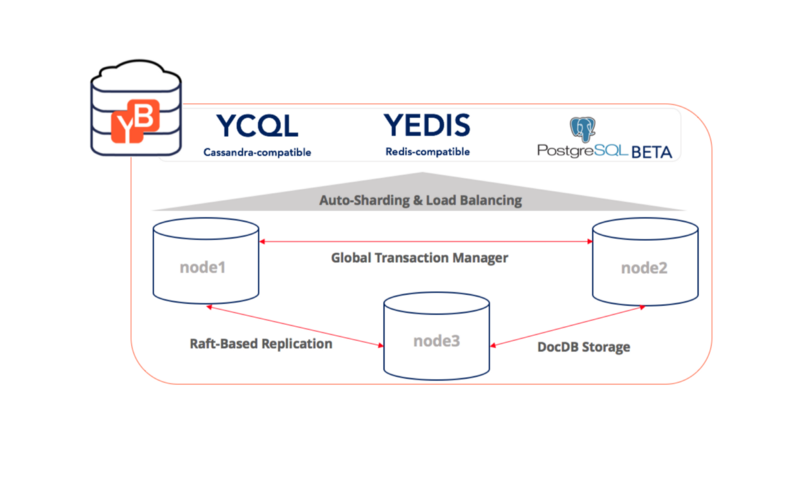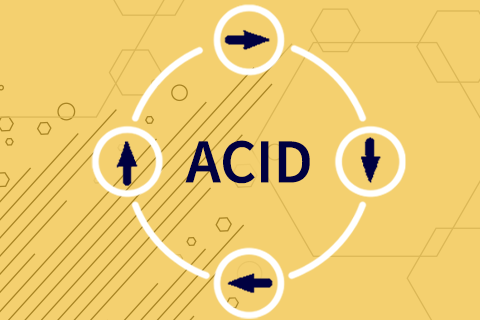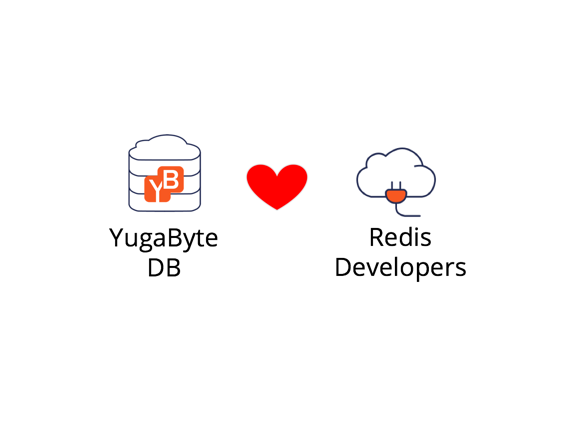Yugabyte Database Engineering Update – August 20, 2018
Time for another update from the engineering team for the YugabyteDB database! Let’s dive in and see all the progress we’ve made.

Time for another update from the engineering team for the YugabyteDB database! Let’s dive in and see all the progress we’ve made.

YugabyteDB database has consistent, high-performance secondary indexes—built on top of distributed ACID transactions—to help retrieve data.

Welcome to the inaugural edition of the YugabyteDB Community and Engineering update series! Let’s dive in and take a look at what has happened over the last few weeks.

This post is to help developers and operations engineers understand the precise strengths and weaknesses of DynamoDB, especially when it needs to power a complex, large-scale application.

This post delves into the technical requirements of fast-growing geo-distributed applications with low latency reads and explores the limitations of Amazon DynamoDB for this use case, as well as alternative solutions such as MongoDB, Apache Cassandra, and YugabyteDB, a high-performance distributed SQL database.

Modern user-facing apps, like E-Commerce and SaaS, frequently require features from multiple databases (broadly — SQL, NoSQL and a cache) to support their multi-workload needs. App developers are responsible for understanding and managing which pieces of data should be stored in which SQL and NoSQL database. Furthermore, the app is also responsible for moving data across the tiers (e.g. populating the cache on reads and invalidating it on writes). This greatly increases development and operational complexity,
…

ACID transactions are a fundamental building block when developing business-critical, user-facing applications. They simplify the complex task of ensuring data integrity while supporting highly concurrent operations. While they are taken for granted in monolithic SQL/relational databases, distributed NoSQL/non-relational databases either forsake them completely or support only a highly restrictive single-row flavor (see sections below). This loss of ACID properties is usually justified with a gain in performance (measured in terms of low latency and/or high throughput).
…

Explore building a chat app with YugabyteDB, a transactional cloud database. This series begins with a scalable Facebook Messages-like application, leveraging YugabyteDB’s capabilities to handle complex chat functionalities efficiently and effectively. Stay tuned for detailed insights and practical examples in our upcoming posts.

YugabyteDB’s compatibility with the Redis API enhances data replication and consistency, offering a ‘unified cache + database’ solution. It simplifies data sharding, supports large datasets without full memory reliance, and provides polyglot persistence for diverse workloads.

Today, we are launching Yugabyte out of stealth and announcing the availability of YugabyteDB’s first public beta release.